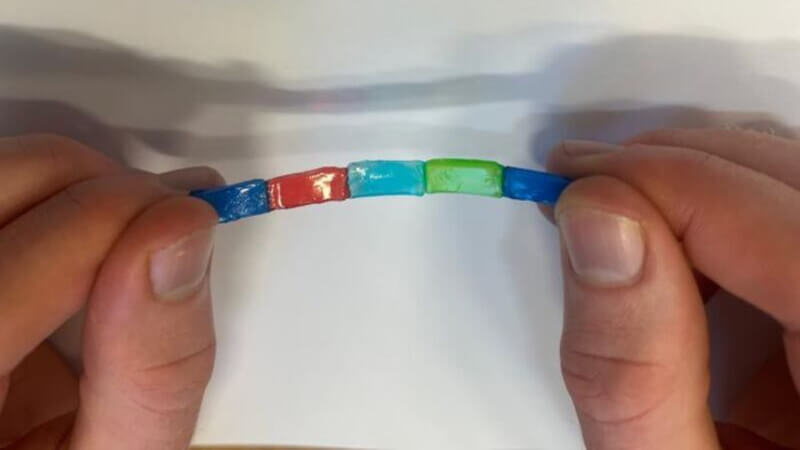
Scientists have developed a stretchable jelly battery inspired by electric eels. The technology could transform many devices and even has potential for brain implants.
Scientists recently took inspiration from electric eels' electrical shock capabilities to create a stretchy jelly battery that's ideal for wearable devices or soft robotics. According to the paper, the batteries could even be useful for brain implants and targeted drug delivery to treat epilepsy and other diseases.
However, tests on living organisms are still lacking. Electric eels generate their electrical discharges through modified muscle cells called electrocytes. These cells generate a current similar to a battery with stacked plates when the brain activates them with signals. Researchers found that electric eels can use different voltages to either hunt prey or stun and kill it.
Jelly battery clings to the skin thanks to hydrogel
The Volta electric eel can generate a discharge of up to 860 volts. For applications in soft robotics or wearable electronics, stretchable and soft devices with tissue-like electronic properties are essential. However, it is difficult to design a material that is both stretchable and conductive. The researchers therefore took inspiration from the layered structure of electric eel electrocytes.
Instead of using rigid materials that use electrons as charge carriers, the batteries use ions, similar to electric eels. The team chose hydrogels, which consist of 60 percent water, as the material. This allows the researchers to precisely control the mechanical properties and mimic human skin. They modified the hydrogels to form a sticky layer that holds several layers together, building up a higher energy potential.
Will our devices be flexible in the future?
Reversible bonds hold the individual layers together. These allow the batteries to stretch without losing their conductivity. In a related study, scientists developed a lithium-ion battery with stretchable components, including an electrolyte layer that can expand by 5,000 percent. This battery can maintain its charge capacity after nearly 70 charge/discharge cycles.
In contrast to conventional liquid electrolytes, an electrolyte has been integrated into a polymer layer that lies between two flexible electrode films. The development could be groundbreaking for future portable electronic devices and medical applications. In the long term, devices could be created that are flexible and powerful at the same time.
Also interesting:
Source: https://www.basicthinking.de/blog/2024/07/28/gelee-batterie/


